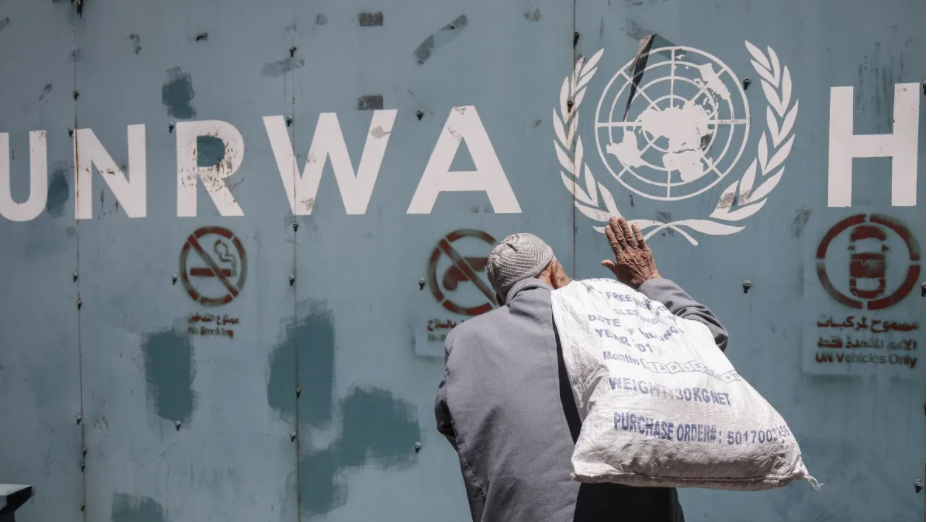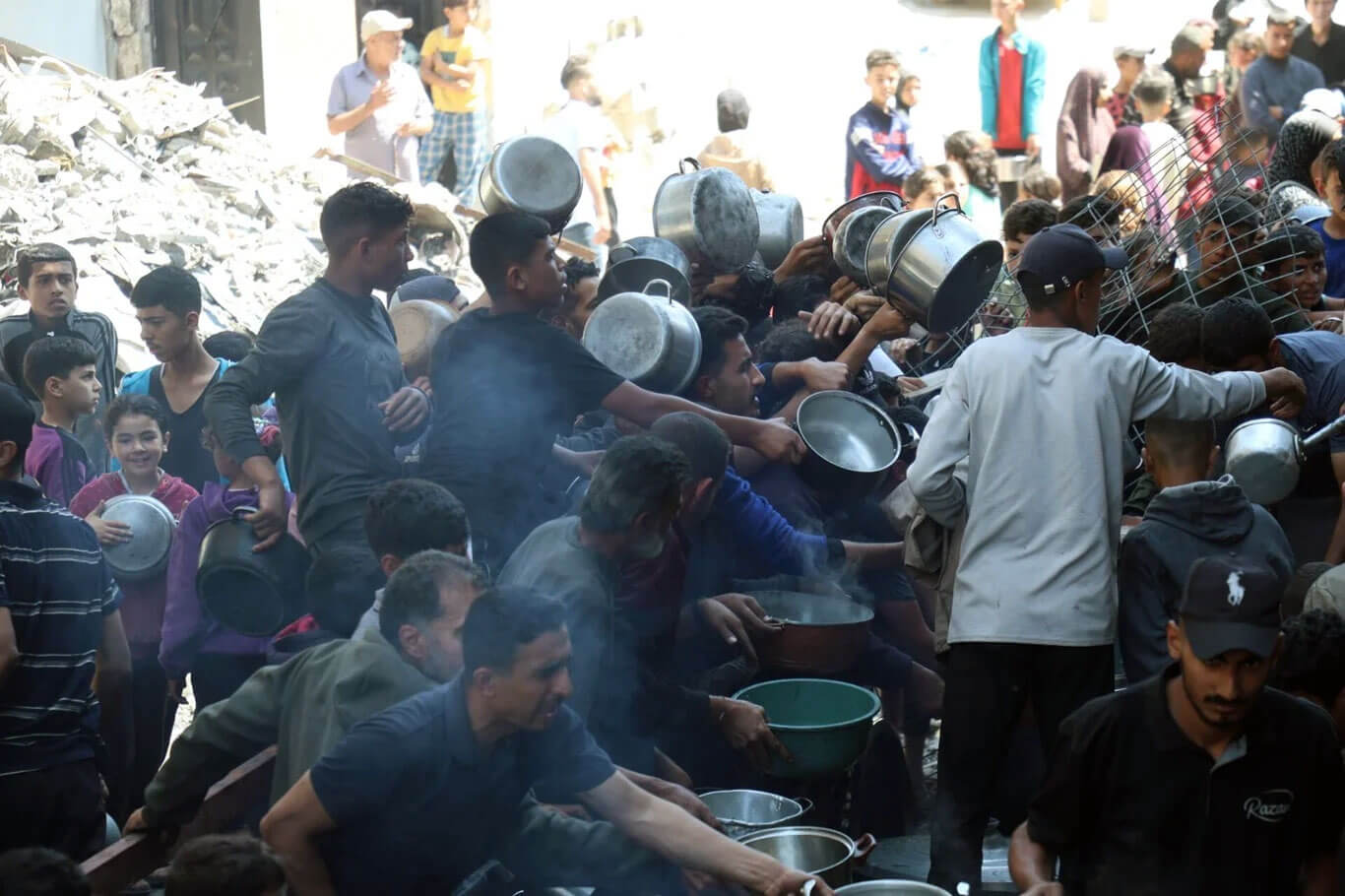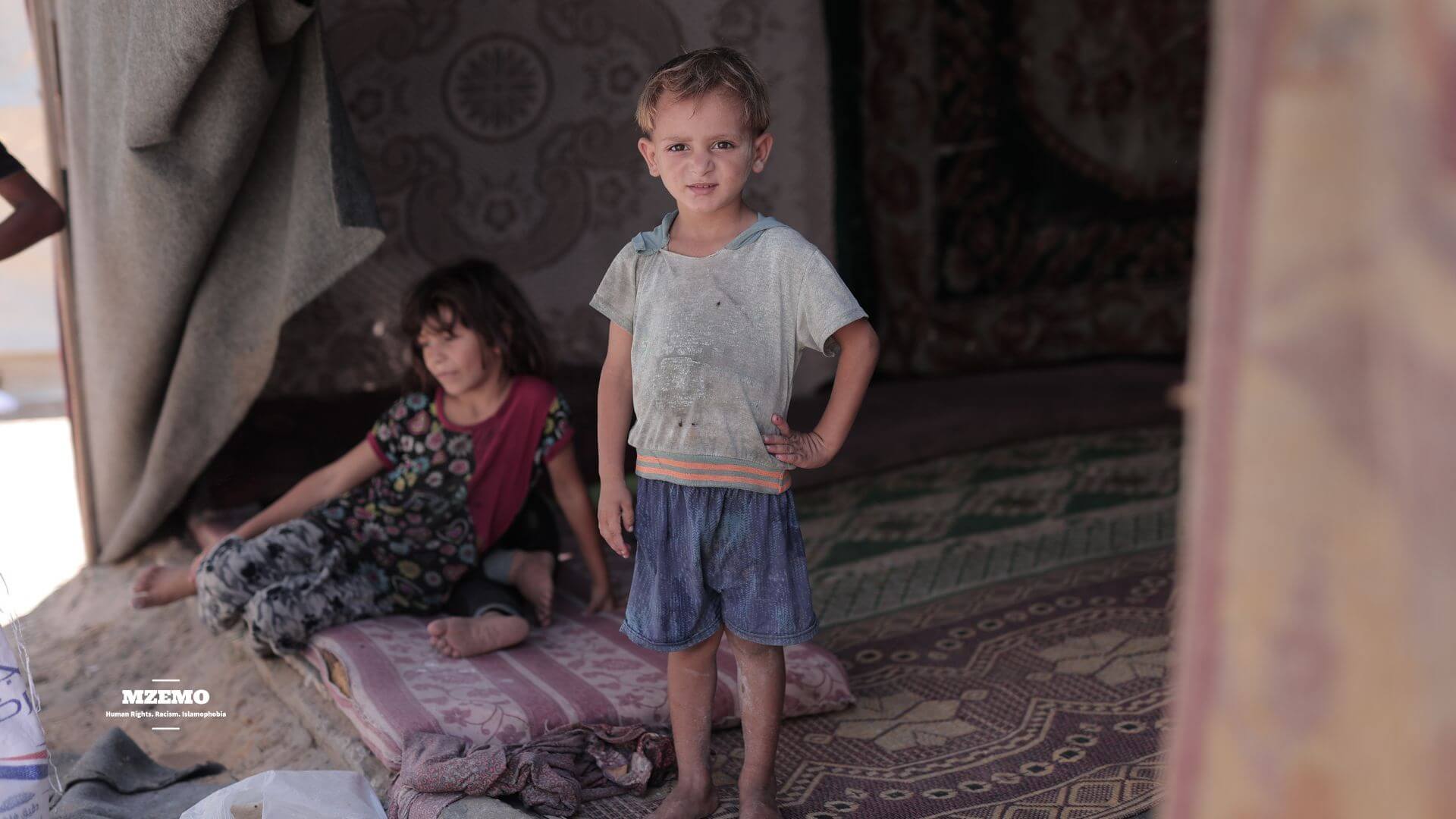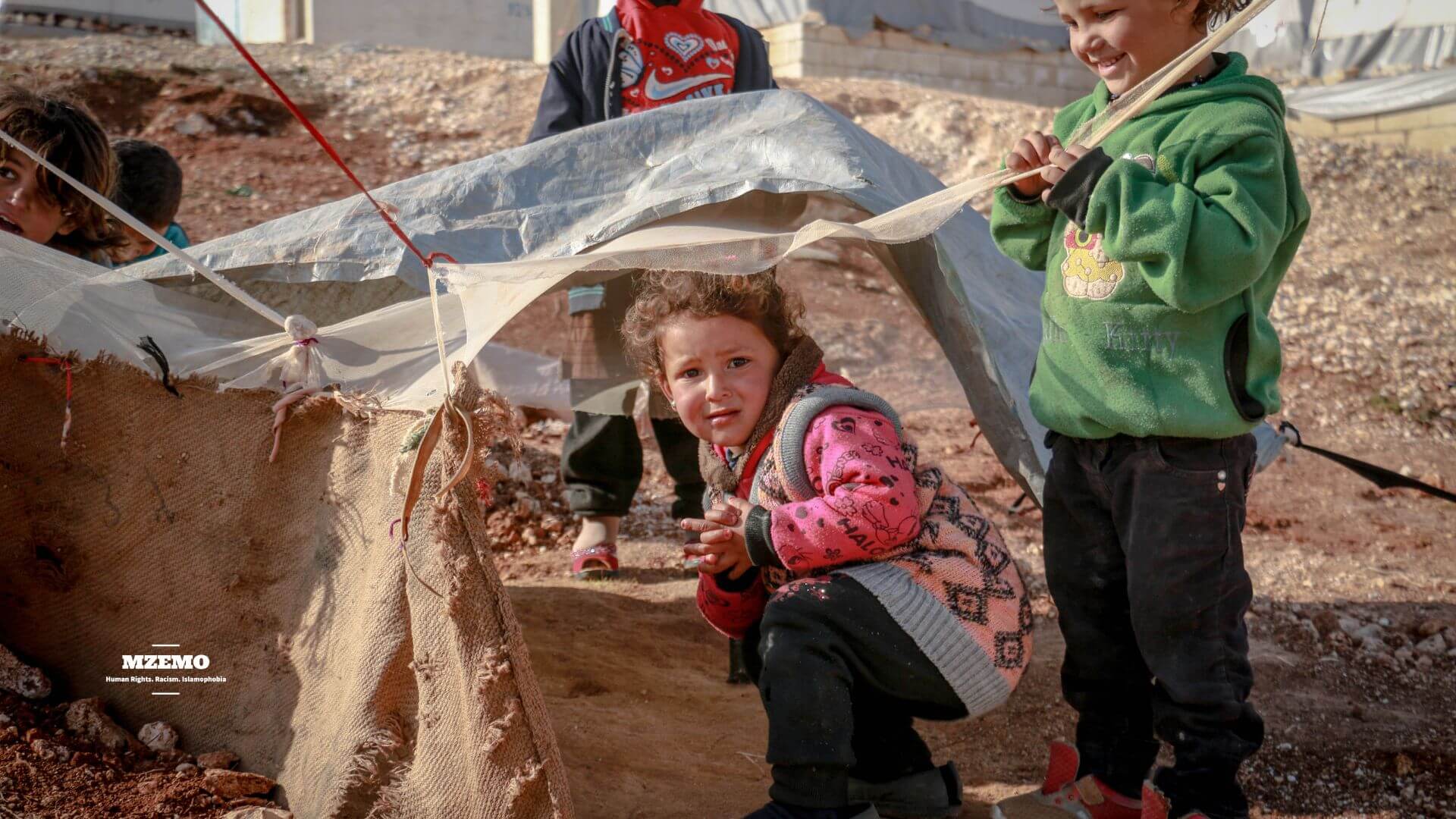A kettle sits on a single gas ring, balanced on broken tiles. A father pours tea into paper cups while two children stack bricks like toys. Around them, the walls that once held birthdays, report cards, and family photos are now a low skyline of concrete. This is what “home” looks like for hundreds of thousands of Gazans today.
A City Turned To Dust
Gaza’s neighborhoods are not just damaged but completely erased. Humanitarian snapshots show widespread, block-by-block destruction. UN assessments estimate that over three-quarters of all structures have been damaged or destroyed, with commercial streets, apartment towers, clinics, and schools flattened in months of bombardment. Satellite analysis and field reporting confirm that entire districts of Gaza City, from Sheikh Radwan to Tel al‑Hawa, have been chiseled into mounds of debris.
The scale is not abstract, as in September, reporters documented tower demolitions that left families homeless within minutes, fueling fears of permanent displacement rather than temporary wartime damage. Aid agencies describe a capital that is physically unlivable for many residents, with roads blocked by rubble, electricity lines torn apart, and water and sewage pipes smashed beyond quick repair.
The Families Still There
Under sheets of plastic, people rebuild a life in the open. Parents dig out kitchen pots and bed frames from the ruins and try to make shelter with salvaged doors and corrugated tin. Children learn new paths through the wreckage; many are quiet now, or quick to panic at the sound of an engine overhead.
Mothers speak about privacy lost, bathing infants behind blankets, changing clothes after sunset, lining up for a toilet in a schoolyard, or using a half-standing stairwell. The elderly sit on cinder blocks, nursing coughs and old injuries that never quite heal. “We sleep in the dust and wake up to more dust,” one man says. The rubble is not just a place but has become a condition.
Where buildings fall, disease follows. With water networks destroyed and sanitation broken, families rely on unsafe water or small deliveries that never reach everyone. Overcrowding in makeshift shelters means respiratory infections, diarrhea, and skin diseases spread fast. The health system is at breaking point as hospitals and clinics have been damaged, staff are exhausted, fuel is scarce, and essential medicines often run out.
Aid groups warn that when people live for months in debris fields, wounds get infected, asthma worsens, and trauma deepens. For children, the loss of routine, school, and safe play spaces becomes a mental‑health emergency. Teachers try to hold informal classes under tarpaulins; parents collect textbooks from the mud, and it is not enough.
“Go South”—and Then What?
Many families received messages ordering them to evacuate. Some tried and never returned; others stayed because there is no safe route or no money for transport. For those who did leave, the journey often ended in another ruin—a tent on a hard patch of ground, a place without shade, or a crowded school where windows are blown out. Even UNRWA premises used as shelters have been repeatedly hit, wounding and killing displaced people who had nowhere else to go.
International humanitarian law is clear: civilians and civilian objects, including homes, must be protected. Indiscriminate or disproportionate attacks, collective punishment, and forced displacement are forbidden. Yet the pattern seen in Gaza, like mass demolitions, repeated hits on residential blocks and shelters, and the erosion of water, health, and power systems, points to a reality where civilian life is systemically endangered.
Legal experts and UN bodies have raised grave concerns about war crimes and even genocide, citing the combination of mass civilian deaths, destruction of the conditions needed to survive, and statements that appear to de‑humanize Palestinians. Israel rejects these allegations. However, the facts on the ground are hard to deny: families are living and dying in rubble because the structures that made ordinary life possible have been deliberately shattered.
Stats to Follow
Numbers cannot capture a child’s whisper when the wind rattles plastic roofing, or the ache a mother feels when she cannot find a quiet corner to nurse. However, numbers set the record: they mark scale and trend, they anchor memory, and they challenge denial. Here are a few that help tell the truth of life in the rubble:
- 78% of all structures in Gaza were damaged or destroyed as of early September 2025 (UN‑OCHA/UNOSAT).
- Repeated demolitions of high-rise towers in Gaza City have been documented by international media, deepening fears of permanent removal.
- Hospitals and clinics damaged, services suspended, and a health system “at breaking point,” with hundreds of recorded attacks on healthcare since the war began (WHO).
- UNRWA shelters were struck multiple times, with thousands of displaced people affected in recent weeks (OCHA/UNRWA).
These are not abstract figures. Each percentage point describes streets where families now sleep outside, and each damaged clinic means longer lines and shorter odds for the sick.
The Last Light In The Kitchen
At dusk, families in Gaza light their rooms with phones and candles. Some boil water for tea, others search the dust for birth certificates and school photos, proof that life existed here. The children learn new games like counting the stars, naming the stray cats that find their way into the ruins. When the wind lifts, you can hear tin sheets clatter and the small, steady sounds of people refusing to disappear. Although homes can be rebuilt, the first step is to let people live long enough to pick up a brick and begin.


 Featured2 years ago
Featured2 years ago
 Featured3 years ago
Featured3 years ago
 Featured2 years ago
Featured2 years ago
 Featured4 years ago
Featured4 years ago
 Featured3 years ago
Featured3 years ago
 Featured5 years ago
Featured5 years ago
 Featured2 years ago
Featured2 years ago
 Featured3 years ago
Featured3 years ago


















